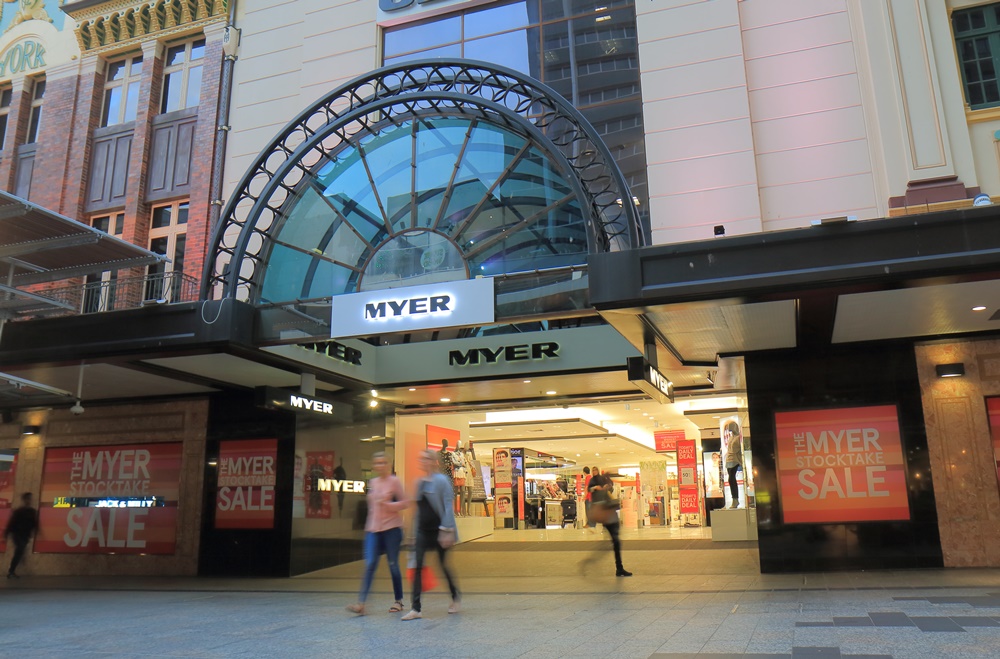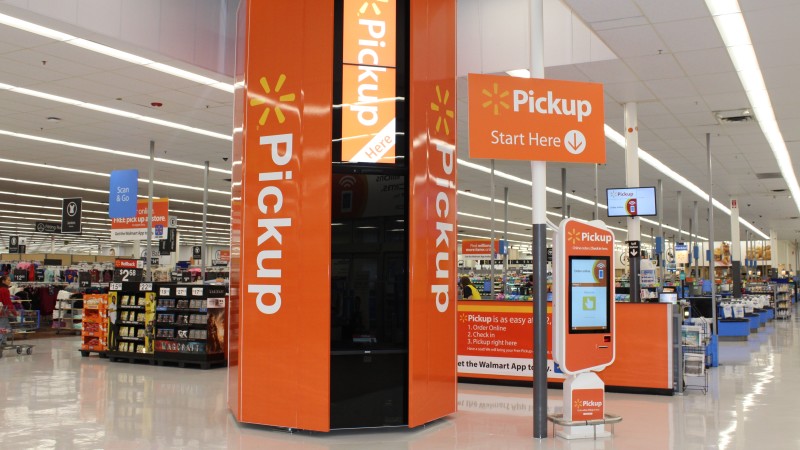When it comes to the supply chain, it’s a case of adapt or die for Australian retailers, writes Patrick Elliott.
A friend of mine recently tried to return a dress to an inner-Sydney department store, and what should have been an easy process turned into a protracted hassle. The reason was that she had purchased the dress through the store’s website and in-store staff were unsure how to process the return.
In today’s omnichannel retail environment, such a frustrating situation shouldn’t happen, and consumers may choose to shop elsewhere if it does. It’s a case of adapt or die for retailers.
The shifting retail landscape
Once seemingly untouchable, traditional retailers are now taking a hit as customers choose to shop online over visiting physical stores. In Australia, department stores such as David Jones and Myer are struggling to maintain sales levels as shopper habits change.

Department stores like Myer are struggling.
Interestingly, however, research indicates 75 per cent of the time consumers choose to browse real shelves over virtual ones. It seems the days of the physical store are certainly not over, yet online sales volumes are certain to continue to grow.
Consumers today want to be able to purchase online or in-store, return online or in-store, and choose from delivery or store pickup. This means real-time inventory visibility and optimisation is essential across the entire supply network.
Unfortunately, traditional supply chain software is often unable to manage these complex omnichannel operations, as it was built for the ‘pick, pack and ship’ model from distribution centre to store. Items shipped to stores were expected to be sold to consumers at that store. As a result, there was no tracking of inventory in-store at a global level.
With the old model, the process was one-dimensional. A distributor delivers products to the store, and the consumer buys the product there. This old scenario was somewhat predictable compared to the complexities of today’s supply chain.
Now, consumers are buying products online, often on mobile devices, and expecting retailers to know what products they like, their historical purchasing patterns, their current location, and offer multiple, fast pick-up options.
In response to new entrants such as Amazon, physical stores are now also doubling as warehouses, letting consumers order online and pick up their items in-store a few hours later.
A new supply chain model
The key differentiators for retailers are now response time, supply and demand flexibility, and convenience for the customer. Overcoming these challenges to become more growth-oriented means retailers must retool their traditional supply chains.
They need customer-centric supply chains that can consistently serve demand from virtually anywhere in the network. Supply chain processes, metrics and priorities must be recalibrated to promote growth and customer service.

US chain Walmart introduced high-tech ‘pickup towers’ to nearly 200 stores last year.
Going beyond the normal
Retailers must develop dynamic processes that give a real-time view of demand in storefronts, in factories and in transit. This requires leveraging next-generation planning solutions that allow retailers to connect assortment and merchandise plans with a single supply chain solution.
Engagement between the supply chain organisation and other retail entities must also become more comprehensive. Supply chain and store managers need to collaborate to establish store-based fulfillment capabilities. Supply chain professionals need to share their knowledge of ‘pick, pack and ship’ with store personnel who are new to these critical functions.
To succeed in this new environment, retailers need a single pool of inventory tracking supporting multiple demand streams. This requires an agile fulfilment process that can dynamically review and allocate inventory across the network to meet omnichannel demand in an efficient and cost-effective way.
In the old retail world, organisations used to develop inventory optimisation strategies periodically and ‘offline’. Today, those organisations need to optimise inventory distribution between distribution centres and stores in real-time to effectively respond to demand, returns and consumer expectations.
This is the new standard, but are retailers ready? To succeed, supply chain planning and inventory planning software needs to be more dynamic than ever before. With the pieces of this new model in place, retailers will be much better positioned to thrive and profit in the new world of consumer-driven retail.
Patrick Elliott is the regional vice president at Anaplan.
Sign up to the RetailBiz newsletter.

